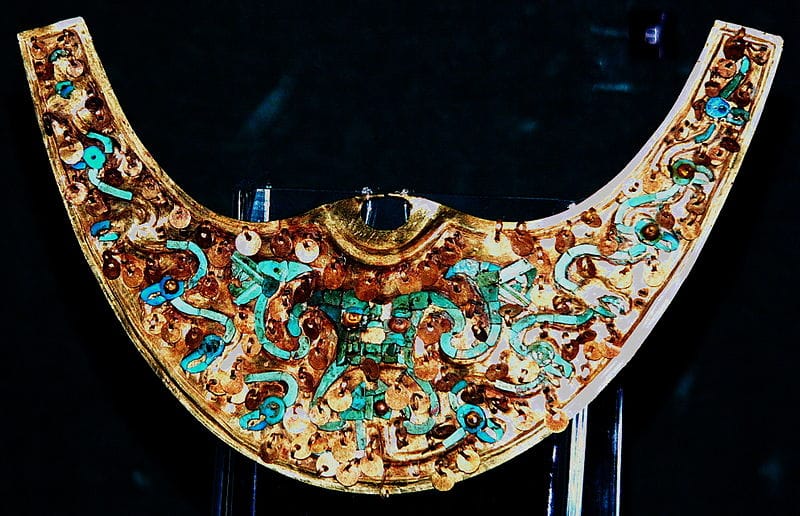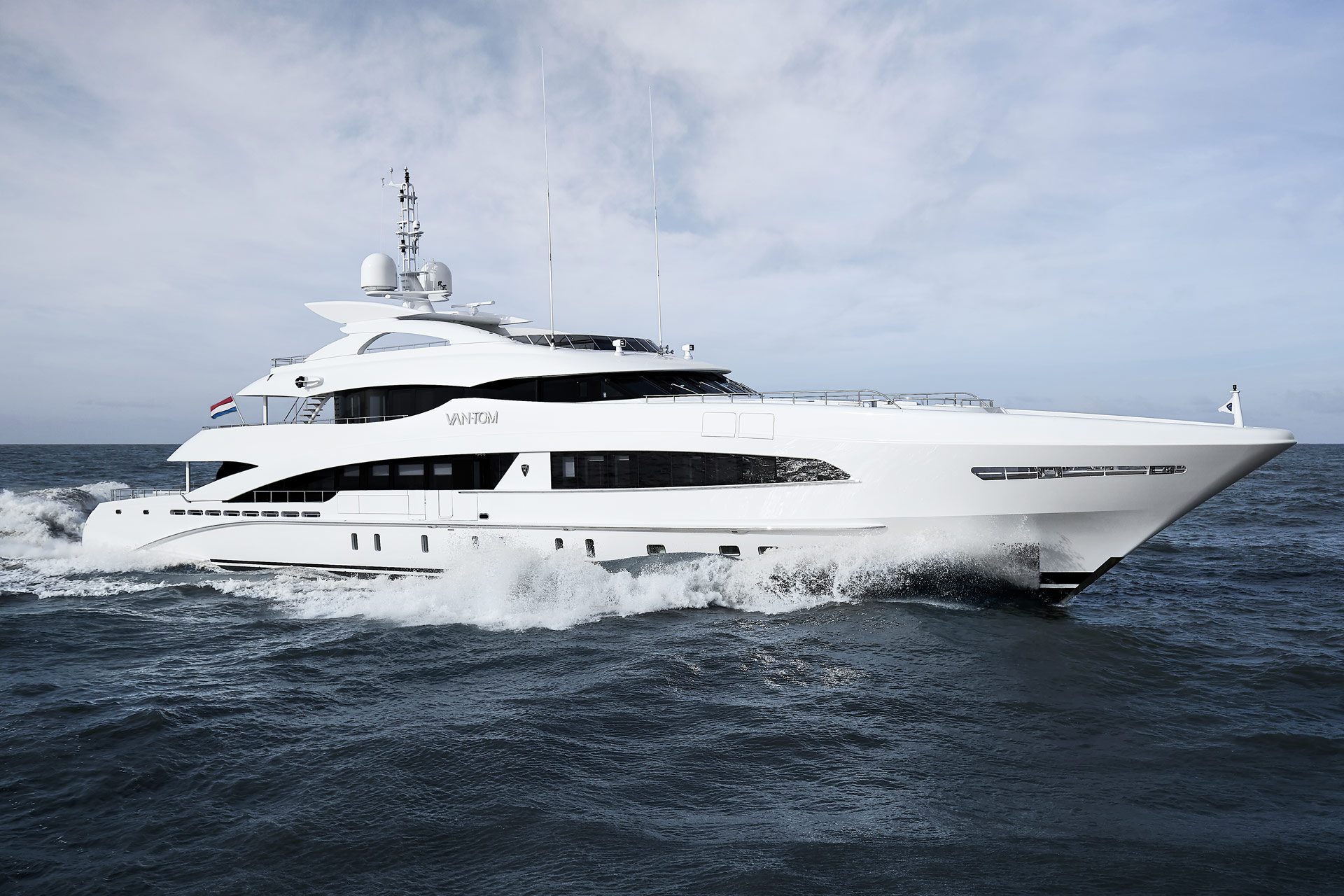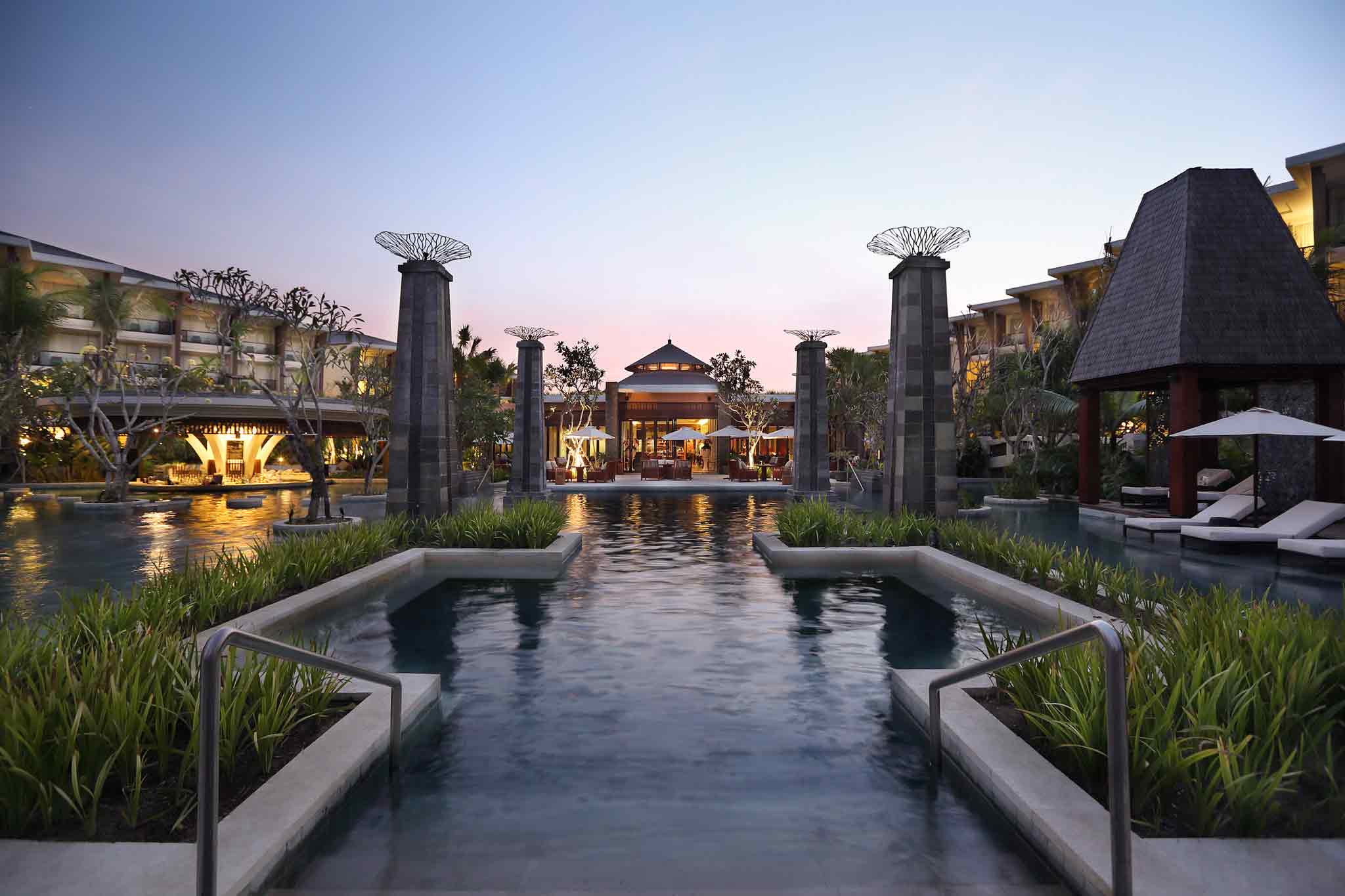For many travelers, the country they visit is only interesting for its temperate climate and pristine beaches, but not Peru.
Sure, Peru hosts millions of travelers each year, and plenty of them find their bliss on the beach or in a five-star resort. Yet, there are plenty of amazing and interesting things to do in Peru that aren’t part of your typical vacation fare. If you want to relax and soak up the sun, there’s definitely a place for you. However, if you travel to Peru and don’t dig below that surface, you are missing out on a treasure trove of Peruvian culture.
Every country has its histories and traditions, but Peru is a rare jewel. As part of the Amazon Basin, the peoples in this part of the world can trace their history back more than five thousand years. The area known as Mesopotamia is called the “cradle of civilization,” but there was another cradle just across the ocean. To visit Peru and enjoy everything it has to offer, a well-informed traveler has to know what to look for.
A Bit About Peruvian Culture
Sometimes, when you visit a new destination, the cliche tourist traps seem to override the diverse and wonderful culture of the locale. Peruvian culture is interesting in that it permeates much of what you'll experience when visiting. Let's explore a bit more.
A Rich Ethnic History
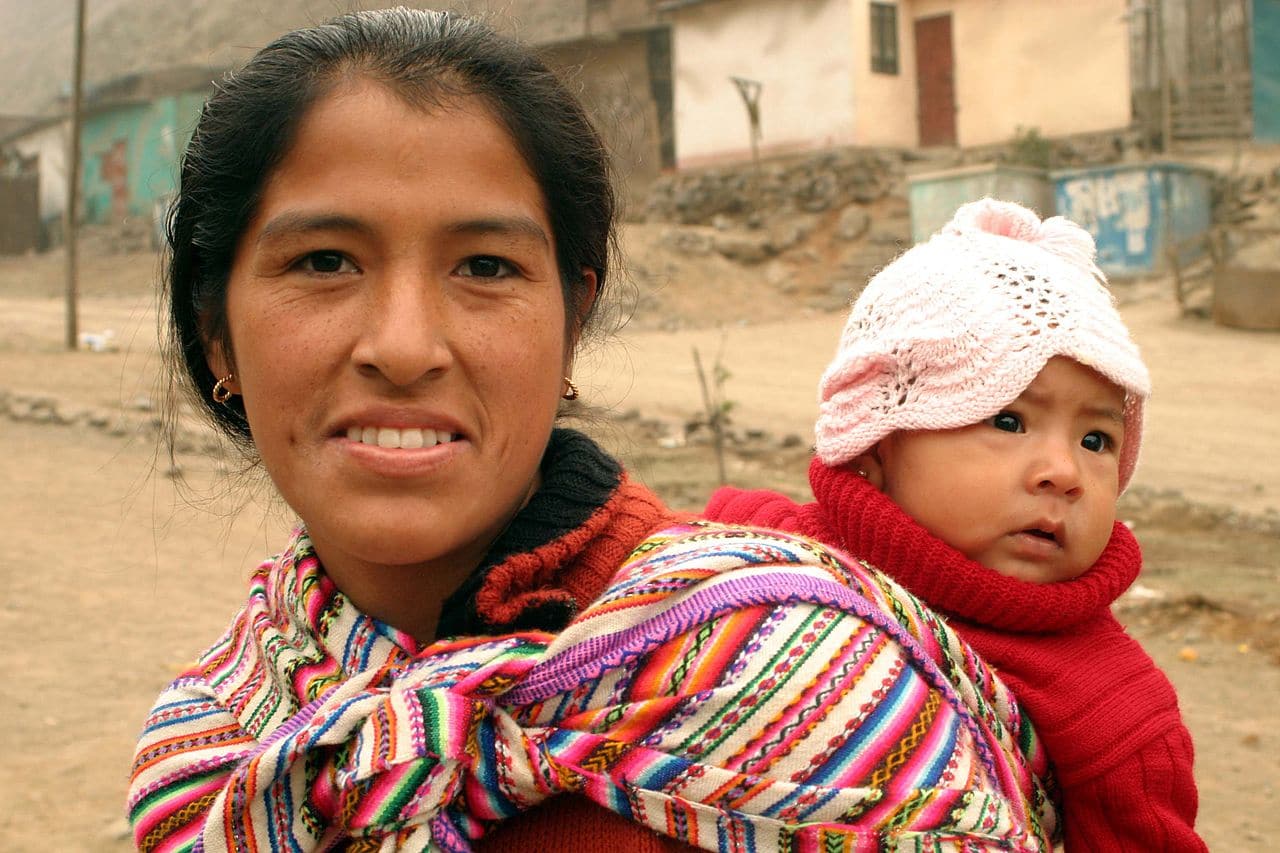
Credit: Ian Riley, Wikimedia Commons
The ethnic history of the Peruvian culture and peoples can be difficult to break down beyond broad demographic groupings. In the pre-Colombian era there were many tribes and many groups of people, including at least three empires that predated the Incan Empire. The next large group of people came with Colombian-era colonizers, most of them from Spain, though there were others of alternative European descent. Finally the other major population of immigrants were unwilling, part of the detestable slave trade. All of these groups live today in harmony in the nation, and all of them make incredible contributions to the Peruvian culture of the region.
The Amerindian group consists of people who trace their lineage to the variety of tribes and groups indigenous to the region in the pre-Colombian era. There are, of course, the Inca, but also groups like the Quechuas and the Aymaras, both who speak their own languages. There are other ethnic groups like the Shipibo, Urarina, Cocama, and Aguaruna, though their numbers aren’t large.
In fact, where there were once as many as nine million people living in the area at the time of colonization, infectious diseases brought by Europeans reduced that number to just over 600,000 in less than a century. There are also Mestizos, a local term for people whose ancestry includes both Europeans and indigenous ancestry. There is also a vibrant Afro-Peruvian element to the culture as well, along with strong Asian influences.
The Most Amazing Ancient Ruins in the Western Hemisphere
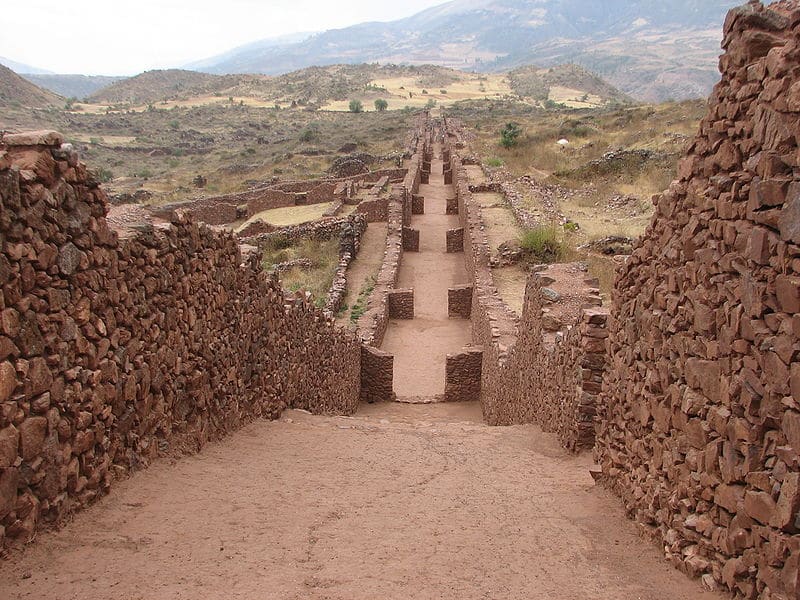
Credit: Again Erick, Wikimedia Commons
While you can trace the history of the nation through the family trees of the locals, you can also experience what their ancestors left behind. There are countless sites full of ancient ruins dating back to the Inca empire and even earlier. One site is believed to belong to the Norte Chico civilization that dates back to around 3500 BCE. Other ruins, such as the Sacred Valley of the Inca or Machu Picchu are more recent, but nonetheless amazing. These structures are incredible monuments to an amazing Peruvian culture and something everyone should get to see.
Yet, not all of the ruins are in carefully cultivated UNESCO World Heritage sites or even lost in the thick Amazonian jungle. One town, Ollantaytambo, is both a site with ancient ruins and a living, vibrant city. It’s a remote place, accessible only by train, but the trip is worth it. You can walk through structures that date back centuries and then visit people whose families have lived here for that same length of time. Because while these are ancient ruins, the people who constructed them didn’t vanish or die off, at least not all of them. The local Peruvians are the caretakers of their own history, and we couldn’t be more fortunate that they’ve decided to share it with us.
Another World of Culinary Delight
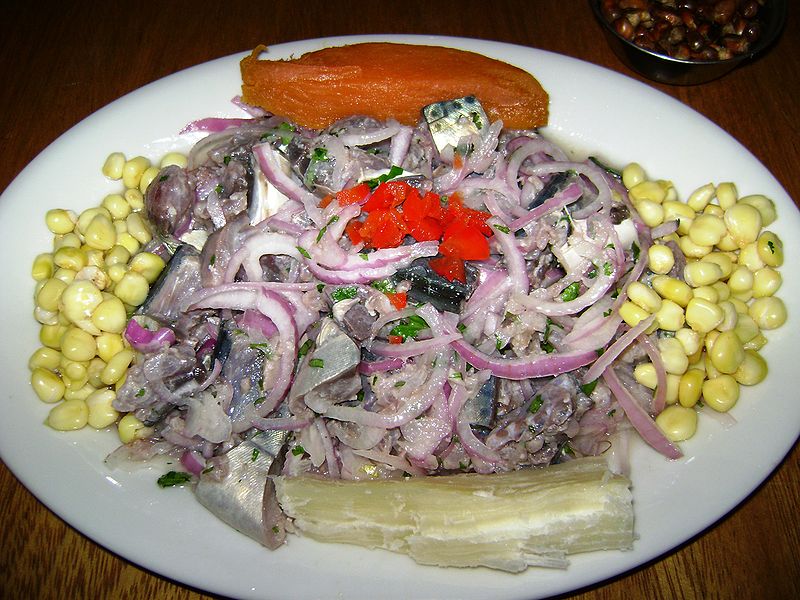
Credit: D Tarazona, Wikimedia Commons
Just as modern Peru represents a blend of the indigenous tradition and those that arrived with the colonials, so does its cuisine. Peru is an incredibly bio-diverse region, so it makes sense that the genetic diversity of their crops is just as important.
When we think of potatoes, we tend to think of Ireland. However, Peru is home to more than 5,000 different varieties of potatoes and potato-like tubers. They also have a legume native to the region known as the Tarwi, and Peru is the home of every hipster’s favorite grain, quinoa. In the Amazonian region, there are also plenty of fruit both used for cooking and eaten fresh. Colonial attitudes led to the cultivation of ancient, indigenous plants declining as it was seen as “peasant food.” This was very dumb, because these dishes are amazing and are making a comeback on the Peruvian economy.
Seafood is a staple in the Peruvian diet, most specifically ceviche, raw fish marinated and garnished with onions and chiles. It’s often served with a kind of Peruvian sweet potato. Peruvians also eat pork, and many street vendors offer Jamon del Pais (“Peruvian ham sandwiches”) right off the pig. Chicken and alpaca steak are often common, especially in the Andean regions.
Spanish food like empanadas and many desserts were imported, but their recipes were adapted for ingredients easily found in Peru. Chinese food there, called “Chifa,” is similarly evolved because of the unavailability of certain ingredients. So, even calling out for Chinese in Peru will deliver you a unique culinary experience only found there.
Festivals and Celebrations
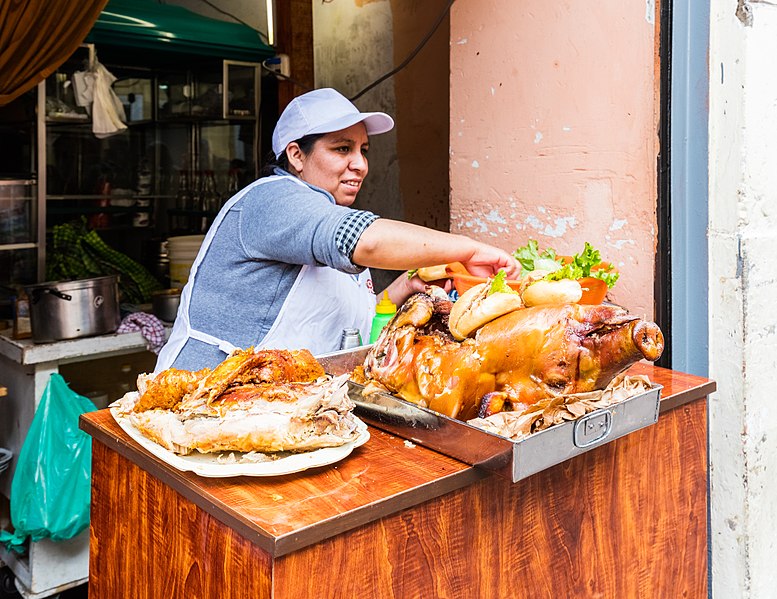
Credit: Diego Delso, Wikimedia Commons
One of the great things about so many different cultures, each with their own traditions, is that means there is plenty to celebrate. No matter what month of the year it is, there is some kind of celebration or festival happening. If you like parades, colorful traditional dress, and music, there is plenty in the offering.
The vast majority of celebrations are tied into religious belief, either Christianity or the faiths that were there before it. Some, like the Fiesta de la Virgen del Carmen are blends of the two. The traditions even change as the Peruvian culture does, because today’s parade even includes a dance to honor the African slaves and Afro-Peruvians who worked in the silver mines during the height of the colonial era.
One celebration dating back to the days of the Inca empire remains uninfluenced by Catholicism. The ancient Festival of the Sun, called Inti Raymi, is a very big deal in Peru, and if you’re only going to make one festival this should be it. It takes place every year on the 24th of June, but originally was meant to honor the Winter solstice.
After 1535, the colonial church banned this celebration altogether, rather than adapting it the way early Catholics co-opted winter solstice festivals as Christmas and spring fertility festivals as Easter. Still, the festivities and traditions survived those dark ages. It wasn’t until 1944 that modern Inca reinstituted the festival based on those records. Today, it is one of the largest and most tourist-inclusive celebrations in the whole country.
Literature
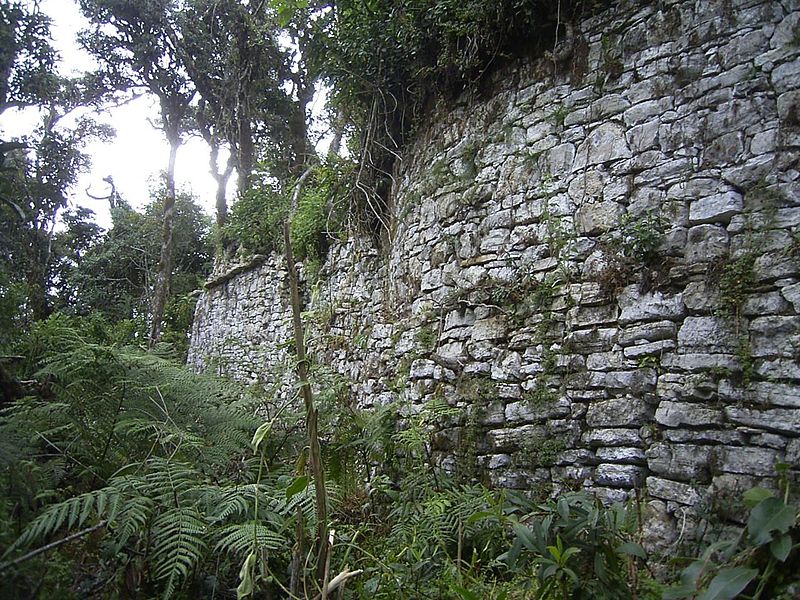
Human beings have evolved into a collective society that thrives on media. We love imagined stories and true tales alike, and that’s not changed. What has changed is how we get those stories. If you imagine a kind of competition among historians that study the ancient Inca and the ancient Egyptians, the latter is winning because the Egyptians wrote stuff down.
The Inca did not have a system of writing, and thus their myths and traditions were all handed down orally. They also employed a little understood practice of “talking knots” known as quipu used to mark history. Despite the many horrors the colonialists visited upon the Inca, from war to disease, some had the foresight to preserve these oral traditions in writing.
Post-Colombian literature consists of the records made by the colonialists themselves and the few indigenous authors who arose. Mostly Mestizo, these chroniclers included much of the Incan oral tradition and stories of colonization in their work.
As time went on, Peruvian literature pretty much followed the path of literature in Europe and North America. Peruvian writers incorporated “Western” literary traditions in their own works, and then followed in the 19th Century with a shift into romanticism and realism. The turn of the 20th Century brought modernists and then their avant-garde younger cousins. Today, a vibrant generation of authors are documenting the Peruvian experience in prose and poetry alike.
Art and Architecture
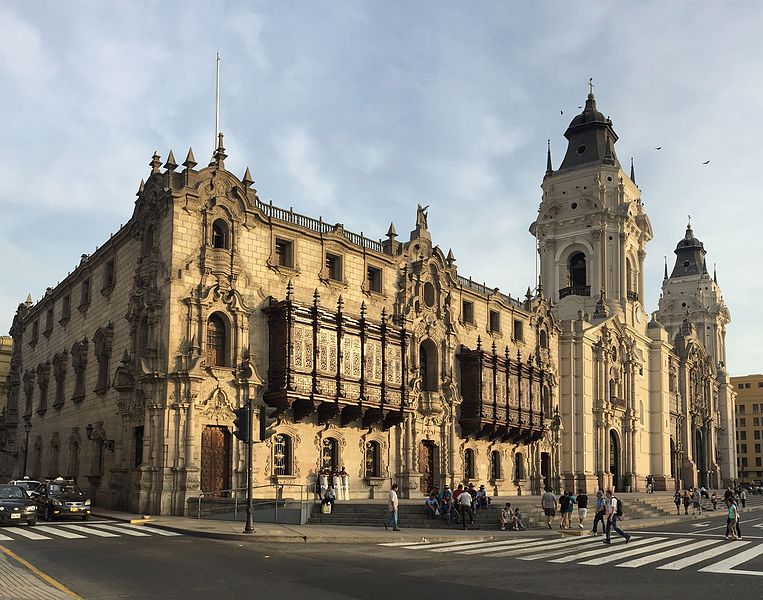
Credit: David Felipe Ruiz Hoyos, Wikimedia Commons
While the ancient Peruvian culture didn’t have a system of writing, this doesn’t mean they didn’t leave behind some stunning artwork. From dazzling jewelry depicting mythical creatures to exquisitely carved reliefs in gold, silver, and stone, the pre-Colombian artwork is magical.
During the colonial era and post-independence, Peruvian artists followed the same sort of trends as did the rest of the “civilized” art world. The Baroque style heavily influenced Peruvian artists of the 17th and 18th centuries. French neoclassicism dominated the 19th century Peruvian art world, and the 20th Century is when things started to go their own way.
The addition of new media, like photography, and a resurgence of interest in indigenous art and sculpture shaped that time. Today, mixed media artists like Teresa Burga and sculptors like Cristina Galvez lead the art scene in Peru. Of course, there is also plenty of folk art that has origins in the Peruvian culture but are made for tourists to take home with them.
Music
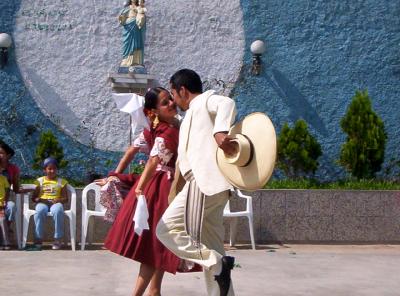
Credit: Ronald Huamani Garcia, Wikimedia Commons
The first printed sheet of polyphonic Peruvian music was printed in the early 1600s, but the musical tradition goes back much further than that. In Inca and Andean culture, the predominant musical instruments were percussion and wind instruments, such as flutes. In some local belief systems, tying the playing of music to the souls of people and animals. There was a stringed instrument with ten strings strung on an armadillo shell, known simply as the Andean.
When the Spanish colonialists arrived, they brought their music with them. The Andean was put aside in favor of the “national instrument” of Peru, the charango. This stringed instrument is part of the lute family, and is the Peruvian twist on the Spanish vihuela. Peruvian musicians also adapted the bandurria for their own use, adding two strings and subtracting two courses. Violins, harps, and Spanish guitar are also very popular.
However, the real musical art of Peru is found not so much in the music but how that music inspires dance. There are dozens of popular and cultural dances from all over the country, some reserved for tradition and others done just for fun. While these dances are very regional, they are also sometimes specific to certain professions. There are dances that celebrate victory in war, of course. But there are traditional Peruvian dances that also celebrate hunting and even farming.
One of the most well-known dances out of Peru is the Marinera Norteña. This dance showcases courtship, and it sometimes even has Christian influences. Peruvian dancers take their art very seriously, and you can tell that by the passion they channel into their performances.
Peruvian culture is a melting pot that can trace its ingredients to the earliest days of human history and is still very much alive today.
There are very few places on Earth with the kind of diversity you can find in Peru. From ancient traditions that survive to the modern day to brave new artists forging a path forward, Peru is a hub for art and Peruvian culture. If you have the chance to visit this amazing country, be sure to carve out some time to experience. Learn some Peruvian dance and then go out for some ceviche and potatoes. Visit some ancient ruins and go home with folk art made by the locals who can trace their roots back to the people who built these ancient wonders.
The great thing about culture is that lasts. As long as we can dance to their music, enjoy their artwork, and set foot on the same soil as they did, the culture lives on. Peruvian culture is a gift to the world, and it’s one we should appreciate.
What do you think? Are there any necessary parts of Peruvian culture that you think we missed? Tell us along with your thoughts, reactions, and experiences in the comments below. Don’t forget to share the article on social media if you liked it, so your friends can get in on the discussion.
Related Article: Luxury Hotels in Peru With Unbelievable Views and Excellent Service
